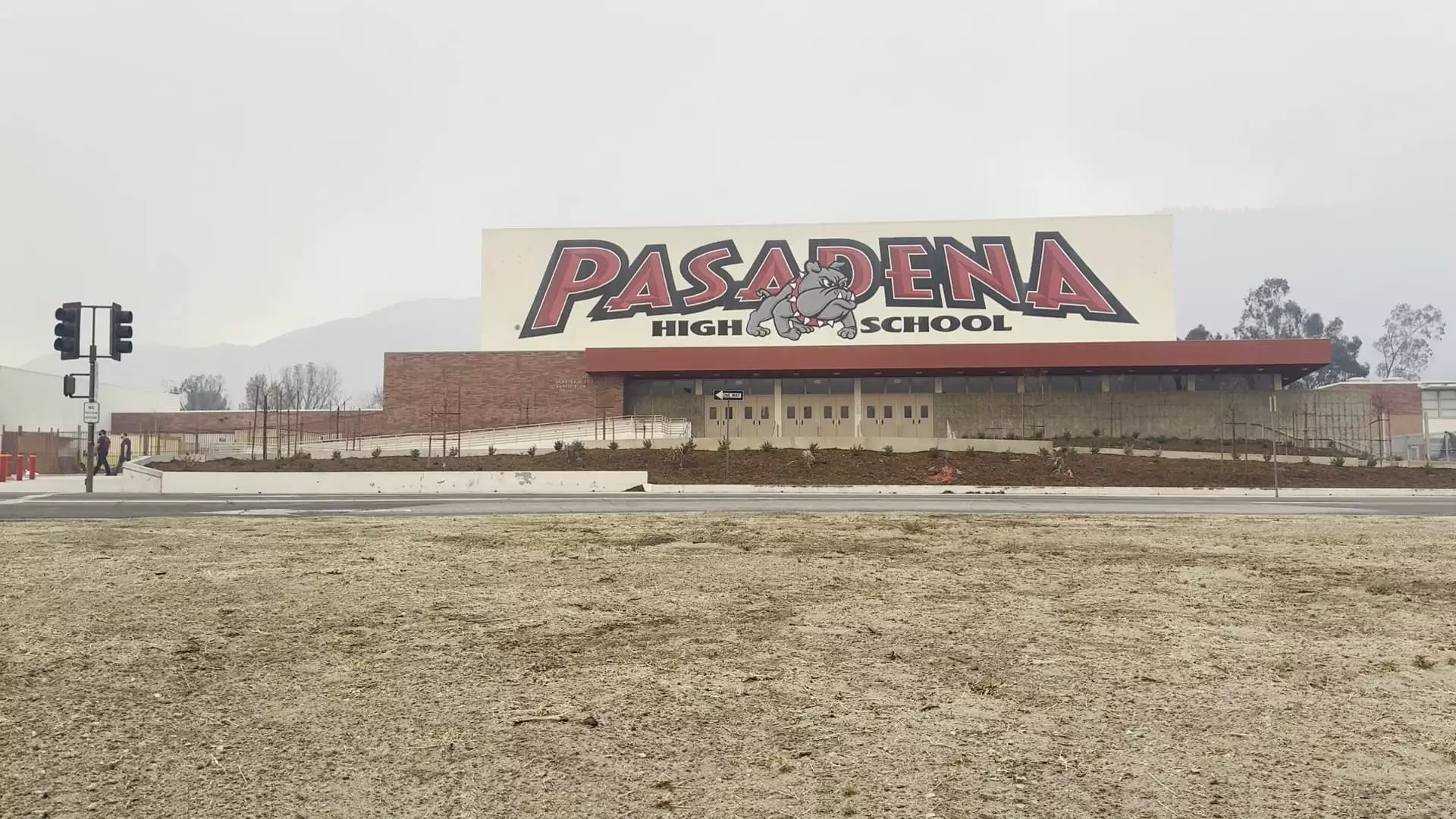The public education system in the United States stands at a precipice as 2025 approaches, and the echoes of federal pandemic funding rapidly fade away. The initial optimism brought by the Emergency Relief funds during the pandemic was nothing short of a mirage; it momentarily masked the deep-rooted issues that lay beneath the surface of a struggling system. While the funds initially surged into classrooms, creating a false sense of security, the expiration of these emergency resources is now revealing the dangerous underbelly of a system that failed to prepare for the inevitable resumption of fiscal realities.
A Disquieting Decline in Enrollment
The dual challenges of dwindling student enrollment and the absence of financial safety nets echo through the halls of public schools, sparking concern among educators and parents alike. Enrollment counts have steadily declined since 2020, sharply evident in states like California, where lower birth rates and mass migration have led to staggering decreases in student populations. This demographic shift directly influences funding from state resources, where finances typically ebb and flow with student numbers. The implications for school districts are dire—they are now burdened with hiring excess staff, based on short-lived pandemic projections, resulting in fiscal chaos that few were equipped to navigate.
Promises Turned into Pledges of Pain
Education experts have long cautioned that taking on permanent staff with temporary funding was a reckless gamble. As Marguerite Roza of the Edunomics Lab aptly describes it, it’s akin to winning a lottery only to set a trajectory toward unavoidable financial ruin. Many districts opted for immediate solutions—hiring educators and support staff to stave off pandemic-induced learning gaps—but did so without establishing a sustainable plan for the future. These families of educators are now bracing for layoffs, a heartbreaking consequence of mismanagement and shortsightedness that will reshape the education landscape in the coming years.
The Humanity Behind the Numbers
It is critical to remember that within these statistics lie the heartbeats of dedicated professionals—teachers, counselors, librarians, nurses, and support staff—all committed to nurturing and educating our children. Their worth cannot be measured in mere financial terms. Mike Fine, a passionate advocate for educational integrity, encapsulates the moral crisis at hand: no one enters the education field to face the disheartening responsibility of laying off colleagues. This impending bloodletting is not merely a financial issue, but a loss of community, trust, and expertise—elements that are irreplaceable in any societal construct, especially one that aims to educate and uplift future generations.
Urgency for a Sustainable Future
As the clock ticks towards this fiscal reckoning, the pressing question remains: how can we reshape our public education system to weather this storm? The conversation must shift from lamenting lost funds and declining enrollments to layering a framework of innovation and resilience. Policymakers, educators, and communities must collaborate to create a future-proof education system built on diverse funding sources, long-term strategies, and community involvement. The fate of public education depends not solely on recovering from the current crisis but on reimagining a system that prioritizes sustainability and adaptability for years to come.


Leave a Reply